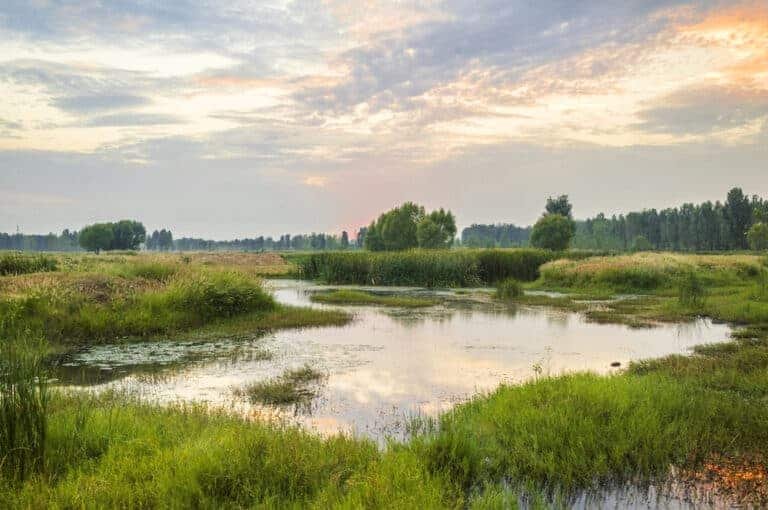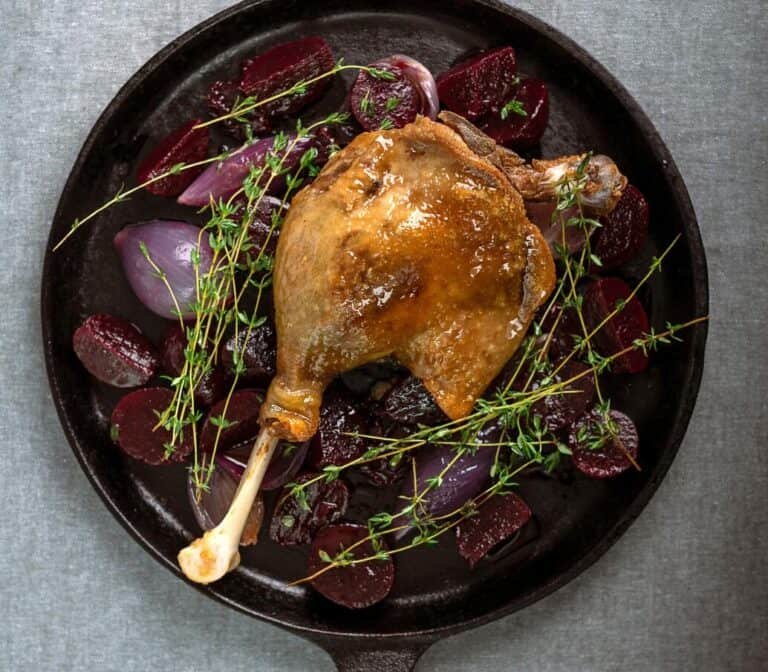How to Identify Rare Ducks Now: The Ultimate Guide
When it comes to birdwatching and wildlife appreciation, duck identification can be an exhilarating and rewarding experience. Ducks are not only aesthetically pleasing with their vibrant colors and graceful movements, but they also play a vital role in maintaining the ecological balance of wetland ecosystems.
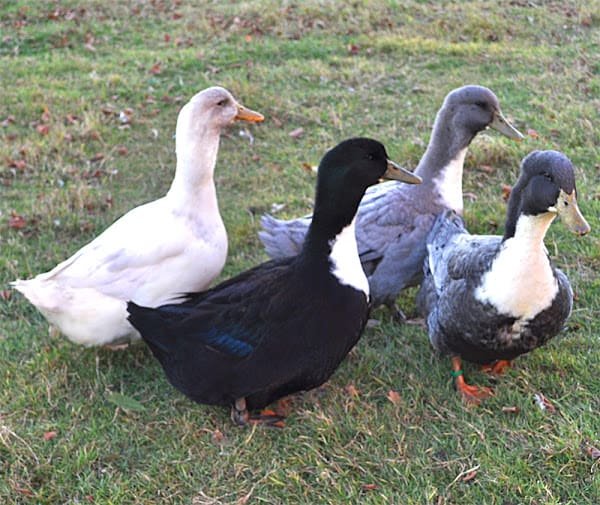
Basics of duck anatomy and characteristics
To effectively identify ducks, one must familiarize oneself with their unique anatomical features. One prominent characteristic distinguishing ducks from other birds is their bill, which varies in shape and size depending on the species. Diving ducks typically have broad, hooked bills that aid them in catching fish underwater.
On the other hand, dabbling ducks possess flat bills equipped with lamellae – comb-like structures along the edges that enable them to filter food particles from water. Plumage coloration is another key aspect of duck identification.
Male ducks often exhibit strikingly vibrant colors during their breeding season as part of their courtship display, while females tend to have more subdued plumage for better camouflage while incubating eggs or caring for younglings. By understanding these basic anatomical features and characteristics, birdwatchers can embark on an exciting journey into duck identification.
Key Features for Duck Identification
Bill Shape and Size
Picture this: you’re out on a serene lake, binoculars in hand, trying to identify the ducks floating gracefully on the water’s surface. One of the first things you’ll notice is their bills. Oh, those bills!
They come in all shapes and sizes, with each type telling a tale about the duck’s feeding habits. Diving ducks, like the charismatic Mallard, sport broad and hooked bills that are perfect for snatching underwater prey.
These specialized tools allow them to dive swiftly and gracefully into the depths of lakes and rivers in search of fish and aquatic invertebrates. On the other hand, dabbling ducks have flat bills adorned with rows of tiny comb-like structures called lamellae.
These nifty appendages enable them to filter out small insects, seeds, and plants from the water’s surface without fully submerging themselves. It’s quite remarkable how they’ve adapted to different culinary preferences!
Plumage Coloration and Patterns
When it comes to duck identification, plumage coloration plays a significant role—no surprise! Male ducks flaunt vibrant colors during the breeding season, like peacock feathers in full display.
They are nature’s ultimate showstoppers! Take the Northern Pintail as an example; its long neck is adorned with a chocolate-brown head that elegantly transitions into a creamy white neck stripe while its lower body boasts a dazzling mix of grayish-blue hues dotted with black spots—a sight truly worth savoring!
The purpose behind these flamboyant displays is simple: attracting potential mates by showcasing their genetic fitness through bold aesthetics. Now let’s turn our attention to female ducks—masters of subtlety and camouflage.
Unlike their male counterparts, who are all about bold expressionism, female ducks opt for more subdued colors and patterns. They blend harmoniously with their surroundings, making hiding from potential predators easier while incubating their precious eggs.
These color choices may seem less glamorous, but they serve a vital purpose in ensuring the survival of ducklings. After all, sometimes, the understated beauty holds the most power.
So, what do you think? Isn’t it fascinating how these seemingly minor details hold the key to unraveling the mysteries of duck identification?
Common North American Ducks
The Beauty of Mallards, Wood Ducks, and Northern Pintails
Ah, the common North American ducks! These avian companions grace our wetlands and waterways with their elegant presence. Let’s embark on a journey to explore their unique characteristics, habitat preferences, and even their migration patterns.
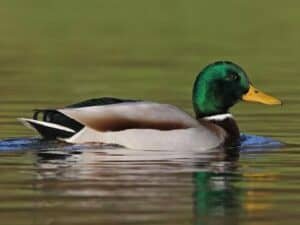
Mallard – A Classic Beauty with a Worldly Charm
The mallard is perhaps one of the most iconic ducks found across North America. Its physical description is quite recognizable. Males have a vibrant emerald-green head that beautifully contrasts with a white neck ring and chestnut-colored breast. A splash of blue adorns its wings while its underparts remain pale gray.
Conversely, females exhibit more subdued colors—a mottled pattern in shades of brown that perfectly camouflages them amidst the reeds. Mallards are highly adaptable and can be found in habitats ranging from quiet ponds to urban parks.
They are opportunistic feeders and will happily munch on aquatic plants, seeds, insects, and even small fish if given a chance. Their distribution range stretches far beyond North America; you may also spot them gracefully gliding across ponds in Europe or Asia.
Wood Duck - A Kaleidoscope of Colors Painted on Feathers
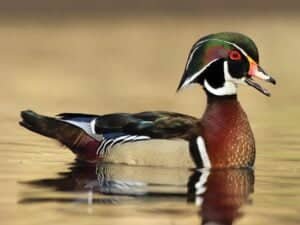
The Wood Duck—a true beauty deserving admiration—belongs to the species Aix sponsa. With dizzying patterns adorning its plumage like an artist’s masterpiece come to life, the Wood Duck is hard to miss. Males sport a striking combination of iridescent green, purple, and bronze on their heads, complimented by intricate patterns on their bodies.
Although less vibrant, females still exhibit elegant crested head feathers and intricate mottled patterns in shades of brown. Regarding nesting habits, the Wood Duck prefers tree cavities near water bodies—a peculiar choice for a duck indeed.
They often seek out abandoned woodpecker holes or natural hollows to create their nests. These charming ducks favor wooded wetlands with ample vegetation for cover.
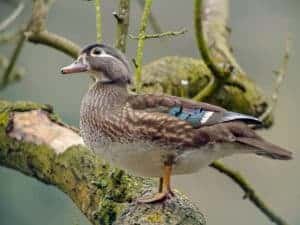
Northern Pintail - Graceful Elegance Defined by Necks and Tails
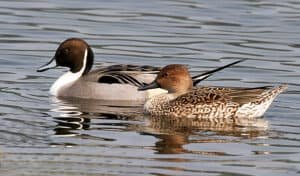
If there’s an award for the most elegant duck in North America, it would surely go to the Northern Pintail. Males boast slender necks that gracefully arch upwards while exhibiting an elongated tail with distinct central feathers that extend far beyond the rest.
This extravagant feature gives them a regal appearance as they glide across open waters. Their striking appearance is not limited to males alone—females also possess a distinctive beauty. They display a mottled brown plumage with streaks of lighter colors running through their bodies.
As for migration patterns, Northern Pintails are known to travel long distances during spring and fall. They undertake extensive migrations from breeding grounds in northern regions down to more temperate areas for wintering. These ducks congregate in wetlands and marshes rich in vegetation, where they can find ample food resources during this time.
Lesser-Known DucksThe Harlequin Duck: Nature's Jester
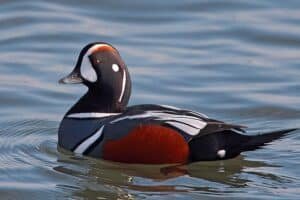
When it comes to eccentric fashion, the Harlequin Duck takes center stage. Its unusual plumage pattern resembles the vibrant costume of a mischievous jester. Males sport a mix of blue, white, and chestnut colors on their bodies, while their heads showcase striking patches of vivid blue and white.
These dapper ducks have a preference for fast-flowing rivers in remote mountainous regions. Picture them gracefully navigating through rushing waters, like daredevil acrobats challenging nature.
Hooded Merganser: The Crowned Charmer
The Hooded Merganser is truly a head-turner in the avian world. With its majestic crest resembling an elegant crown, this duck knows how to make an entrance. What makes it even more fascinating is that this crest can be raised or lowered depending on its mood or level of excitement.
During courtship displays; males engage in captivating head movements that leave observers spellbound. It’s as if they’re performing a choreographed dance routine to serenade mates.
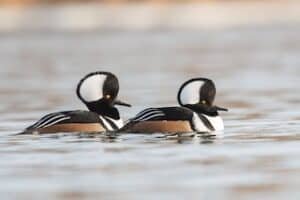
The Canvasback: An Artist's Masterpiece
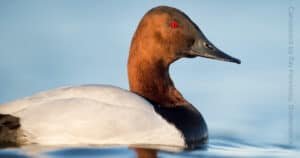
The name “Canvasback” stems from the bird’s distinctive red-orange head and neck that resemble the ones found on an artist’s canvas palette. Its body is typically white and black mix, depending on its climate and location.
Found primarily in freshwater habitats such as lakes and marshes, these ducks are skilled divers and feeders with an appetite for aquatic plants and invertebrates. This large diving duck boasts a handsome profile with its sloping forehead and long neck gracefully curving into its body.
Conclusion
As we delve into the world of duck identification, we discover a treasure trove of remarkable species. From the Harlequin Duck’s clownish allure to the Hooded Merganser’s crowned charm and the Canvasback’s artistic display, each duck brings a unique flavor to nature’s grand spectacle.
Observing these lesser-known ducks in their natural habitats reminds us of the incredible diversity and beauty surrounding us. So, let us revel in the joy of exploring this avian tapestry and find inspiration in the intricate details that make every duck a true marvel.


